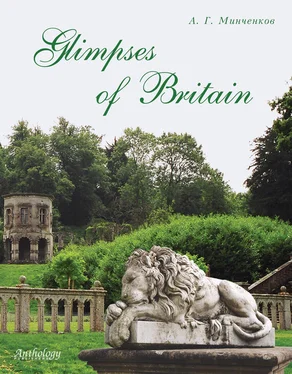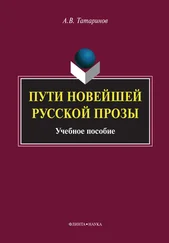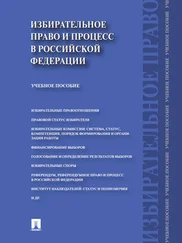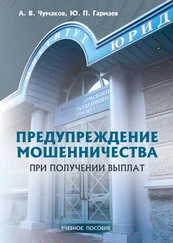The Romans were tolerant in matters of religion, except in the case of cults that involved human sacrifice. The Druids used to burn people alive to mollify their gods and this practice was suppressed. Otherwise the Celtic gods lived on side by side with the Roman ones, the most important of whom were Jupiter, Juno and Minerva. The Roman temple built at Bath, for example, was dedicated to both the Roman goddess Minerva and the Celtic water deity Sulis. Christianity also reached Britain. Its early history is extremely obscure until, at the beginning of the 4th century (in 313, when the Emperor Constantine was converted) [5] Christianity became the official state religion of the Roman Empire. In 314 the bishops of York, London and Lincoln went from England to a Council of the Church held at Arles. In 391 the Emperor Theodosius ordered the closure of all pagan temples. It is likely that many later Anglo-Saxon churches in fact go back to the Roman period.
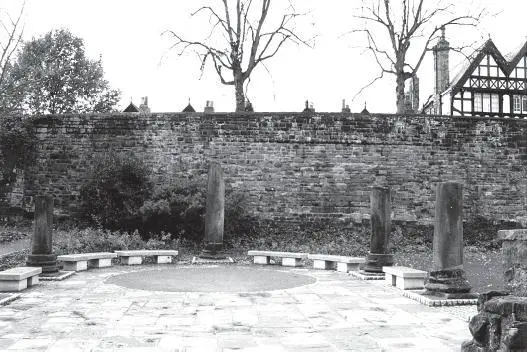
The Roman Garden in Chester
All in all, the Romans left an indelible legacy, one which contributed to the shape of what was to become English civilization, for the Romans never quite conquered the Celtic territories of Cornwall, Wales, or Scotland. The English language is unique among its Germanic cousins for the very large number of words which came into it from Latin.
When the Romans went they left behind a leaderless and defenceless people (in fact the Emperor Honorius sent his famous directive telling the British that they must now defend themselves), and these were no match for the fierce tribes that came to the British Isles. However, the change of civilization didn’t occur overnight. It was only by the 6th century that a different map of Britain began to emerge, one made up of a series of small independent kingdoms. The long process by which Roman Britain moved into the Anglo-Saxon kingdoms was a gradual one of adaptation. For a long time the Anglo-Saxons were a tiny minority that lived in the midst of an overwhelmingly Romano-Celtic population.
Invaders came from every direction. There were the Scots from Ireland who attacked the west, the Picts from the far north who penetrated south, and the Anglo-Saxons who landed in the south-east and East Anglia. The Anglo-Saxons were made up of various tribes who came from an area stretching between the mouths of the rivers Rhine and Elbe. A group of them was called Engle and from that came the word England. The Anglo-Saxons were pagans who worshipped gods such as Woden, Thor and Freya, whose names were to give the English language the words Wednesday, Thursday and Friday. The Anglo-Saxons had no interest in the Roman way of life, their society was differently organized. At the top came the nobles who fought, next the ceorls (freemen) who farmed and, at the bottom, slaves. The Anglo-Saxons didn’t live in towns, but in wooden huts. Their whole existence was war. Fighting bound them together in ties of loyalty to their leader. Loyalty was seen as the greatest of human virtues and the most detestable of all crimes was the betrayal of a king.
The Angles and Saxons took possession of all the land as far as the mountains in the north and west, and divided it into a handful of small kingdoms. In the south-east there was the kingdom of Kent and the south Saxon kingdom (Sussex), in the east – the kingdom of East Saxons (Essex), in the Midlands – Mercia, in the north – Northumbria, in the south-west – Wessex. Eventually the Christian Celts were wholly defeated; those who escaped death were pushed back into the mountains of Wales and Scotland, and also to Ireland, where their languages – Welsh, Gaelic and Erse – can still be heard.
In 597 Pope Gregory sent a mission to convert the Anglo-Saxons to Christianity. It is believed that the mission was inspired by the pope meeting a group of fair-haired youths in Rome. He asked them who they were and what their country of origin was. They answered that they were Engles, Angli in Latin. The pope is said to have remarked that he saw them not as Angli , but Angeli , that is angels. The papal mission was led by St. Augustine, and the missionaries made their base at Canterbury. The king of Kent, Ethelbert, fearing magic, insisted that his meeting with the missionaries take place beneath an open sky. Out of this came the grant of a place in Canterbury in which they could live and had permission to preach. Soon there were many converts, old churches began to be restored and new ones built. After a year Ethelbert himself became Christian. Augustine was consecrated Bishop and later Archbishop of Canterbury. Yet, that mission was only the beginning of the conversion of the Anglo-Saxons, a task that took most of the 7th century to achieve.
Monasteries such as Canterbury became centres of teaching and learning, where both Greek and Latin were taught, as well as so called Seven Liberal Arts that included the trivium – grammar or the art of writing, rhetoric or the art of speaking and the dialectic, the art of reasoned argument – and the quadrivium – arithmetic, geometry, astronomy and music. The most famous of all these scholars was the monk Bede (better known as the Venerable Bede), who wrote the History of the English Church.
Thus, by the 8th century a new society, deeply Christian, had come into being, only to face a new wave of invasions as fierce Northern people, the Vikings, began to attack from beyond the seas.
The story of Viking invasions is dramatically told in the Anglo-Saxon Chronicle, which traces how these raids accelerated during the second half of the 8th century. The Vikings were a people from Scandinavia, mainly Norway, Sweden and Denmark, whose life originally consisted in working the land and fishing, but who went on to attack and later settle in Britain, Northern France, Russia, Iceland and Greenland. One of the basic reasons for their endless raids was that their homelands no longer produced enough to support them. Another was the nature of their society that glorified fighting. The Vikings were pagan and believed that the gods rewarded fighters above all and that bloodshed and death in battle were the true paths to wealth and happiness.
One by one the kingdoms of the Anglo-Saxons fell until there was only Wessex left, where a young man called Alfred came to the throne in 871. [15] During his reign, which lasted almost thirty years, the advance of the Vikings was stopped and the foundations of what was to become the kingdom of England were laid. We can easily trace where the Vikings settled, areas of the country known as the Danelaw, by the endings to the place names. Whereas the Anglo-Saxon endings were ‘hams’ and ‘tuns’ (homes and towns), the Vikings had their ‘bys’ and ‘thorpes’.
After being defeated by Alfred, the Vikings held the north and East Anglia, while the kingdom of Wessex gradually expanded to embrace all the southern Anglo-Saxons. In 886 Alfred captured London. In the peace he made with the Danish king the English and the Danes were accepted as equals and for the first time there is reference to ‘all the English race’.
Alfred took important steps to ensure the defence of his kingdom. He realized that the Anglo-Saxons must develop sea-power, so he ordered the construction of warships. Even more important was the building of a network of defended enclosures, ‘burhs’, in which people could seek safety along with their goods and cattle. These were strategically placed and were either on the site of old Roman towns or carefully chosen to be new ones. We can trace many of them today in place names that end in ‘borough’.
Alfred was succeeded by three strong kings who took up the task of creating and consolidating the new kingdom of England. His son Edward the Elder first reconquered the whole of East Anglia and the eastern Midlands and then, by 920, all the lands as far as the Peak District. During the reign of Alfred’s grandson Athelstan the Viking invasions renewed, with the aim of setting up a northern kingdom based in York. In 927 Athelstan defeated them and soon established himself as a single king ruling both north and south, in effect the first king of England as far as Northumbria. A single currency was introduced for the kingdom and many new laws were made. During the reign of Edgar (959–975) the Roman-style ceremony of crowning and anointing the king appeared. In this ceremony it wasn’t the crowning by the bishop which was the most important act but the anointing of the king with holy oil in the same way as priests were anointed. This act set him apart from ordinary men, making him Lord-anointed. Yet, in spite of the king’s enhanced status and the mystique surrounding the monarchy, one of the fundamental principles of Anglo-Saxon society, which was to run down through the centuries, was that effective government should be based on a dialogue between the ruler and the ruled. At the top level it was reflected in the fact that Anglo-Saxon kings were always elected, from a member of the royal dynasty. That was the task of the great magnates, both nobility and upper clergy, who made up the king’s council called Witenagemot (from witena : Old English genitive plural of wita ‘councillor’ + gemot ‘meeting’). Also, all the English counties and shires took shape during this period; they were divided into smaller units called hundreds, each one of which had a kind of court (moot), where justice was administered by the king’s representative together with those who lived in the area.
Читать дальше
